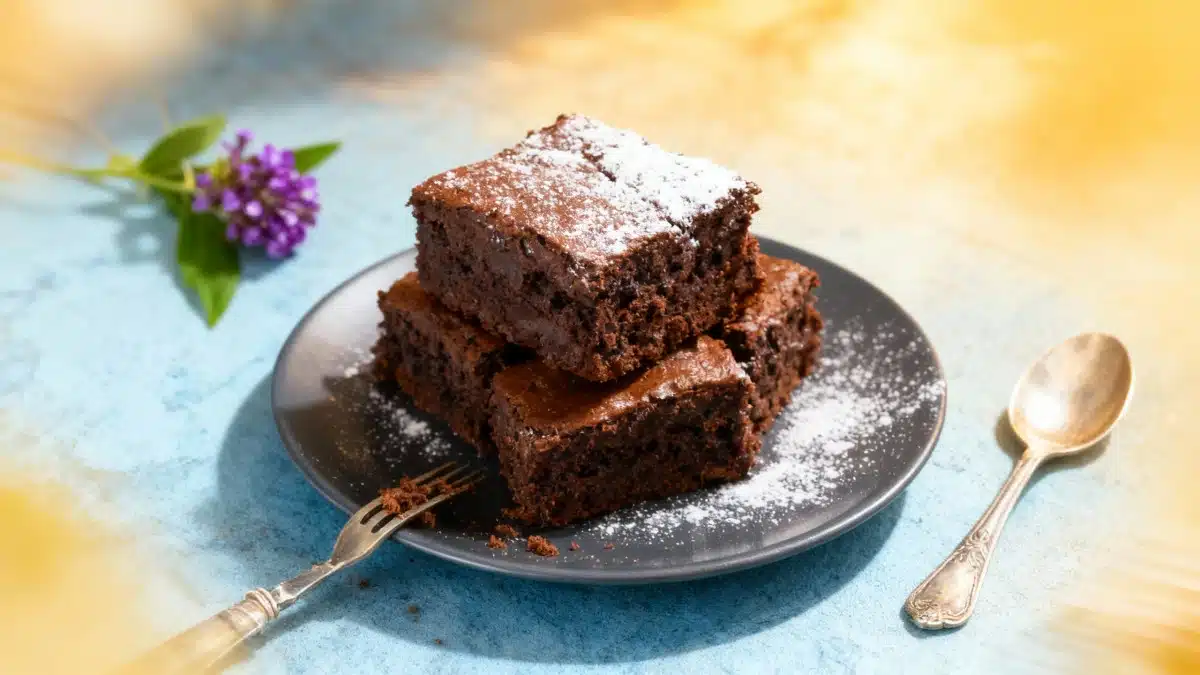If you’ve ever enjoyed a stroll by a lake or gazed into your backyard, you’ve probably noticed birds flitting about, their energy infectious. The urge to share a crust of bread with these feathered visitors is tempting—after all, what harm could a bit of sandwich bring? As it turns out, quite a lot! Experts warn that feeding bread to birds is not just misguided; it’s downright dangerous. The next time a curious robin tilts its head your way, you might want to think twice before tossing that leftover baguette.
Bread: A Treat That’s Trouble
Most of us consider bread a staple, something so harmless it finds its way into lunchboxes, picnics, and, unfortunately, under park benches. But while we humans thrive on gluten, yeast, and salt, these very ingredients wreak havoc in a bird’s digestive system. No matter how eagerly birds peck up scattered crumbs, bread is fundamentally unsuited to their needs.
Why is bread so problematic? It comes down to its composition. Loaded with gluten, yeast, and salt, bread is hard for birds to process. Consuming too much can even trigger severe problems like « angel wing syndrome. » This condition, notorious among ducks, deforms their wings, leaving them unable to fly and in obvious pain. It’s the polar opposite of giving them a leg—or rather, a wing—up.
Moldy Problems: Hidden Dangers in Stale Bread
If you’re thinking stale bread is the answer—maybe you don’t like waste—think again! That crunchy old slice may feel like frugality, but it’s really a petri dish for bacteria. These bacteria flourish on leftover bread, and when birds eat infected crumbs, they’re at serious risk of catching diseases. Even with the best intentions, feeding bread to birds can turn compassion into catastrophe.
It’s clear: our urge to help needs a rethink. Birds require food that fuels them, not ingredients that put them in harm’s way.
What Should Birds Really Eat?
Taking care of birds means respecting what’s right for their unique physiology. Offering them suitable food is the best way to keep them healthy and lively. Starting is simple—set up a feeder and a source of water. This is especially crucial in winter, when food is scarce. But what should you fill that feeder with?
- Black sunflower seeds (always a winner!)
- Unsalted, unroasted peanuts
- Cracked corn
- Nuts – think walnuts, almonds, or hazelnuts
- Ripe fruit like apple or grape pieces
These nutritious options mirror birds’ natural choices and give them what they need to survive tough times. The more natural and wholesome, the better.
But don’t stop with feeders! If you have a garden, put it to work as a buffet for birds. Gardens serve as natural pantries for all sorts of species. Many birds are drawn to spiders and insects—larvae, beetles, and other creepy-crawlies included. If you’re lucky enough to have nut-producing trees, you’ll be rewarded with even more visitors. Fruit trees like apples and pears will also keep your feathered friends coming back for more.
Beyond Bread: Other Foods to Avoid and a Wondrous Bird Strategy
Sadly, bread isn’t the only hidden danger in a bird’s buffet. The list of foods to keep out of their reach extends to some surprising treats. Chocolate, a known culprit for dogs and cats, is equally toxic for birds. This alkaloid causes digestive, nervous, and cardiac issues—definitely a no-go.
While on the topic of keen birds, there’s the astonishing red-throated Caracara. With remarkable boldness, this raptor goes after wasp nests, using a unique strategy that’s nothing short of fearless. Watching it at work is enough to make anyone admire avian bravery!
In summary: Giving in to the habit of feeding bread to birds may feel harmless, but it’s anything but. Next time you encounter a flock in your garden or by the water, reach for seeds, nuts, or fruit instead of your lunch leftovers. Not only will you be doing your winged neighbors a favor, but you might just discover the rewarding joy of helping them thrive the right way!

John is a curious mind who loves to write about diverse topics. Passionate about sharing his thoughts and perspectives, he enjoys sparking conversations and encouraging discovery. For him, every subject is an invitation to discuss and learn.






